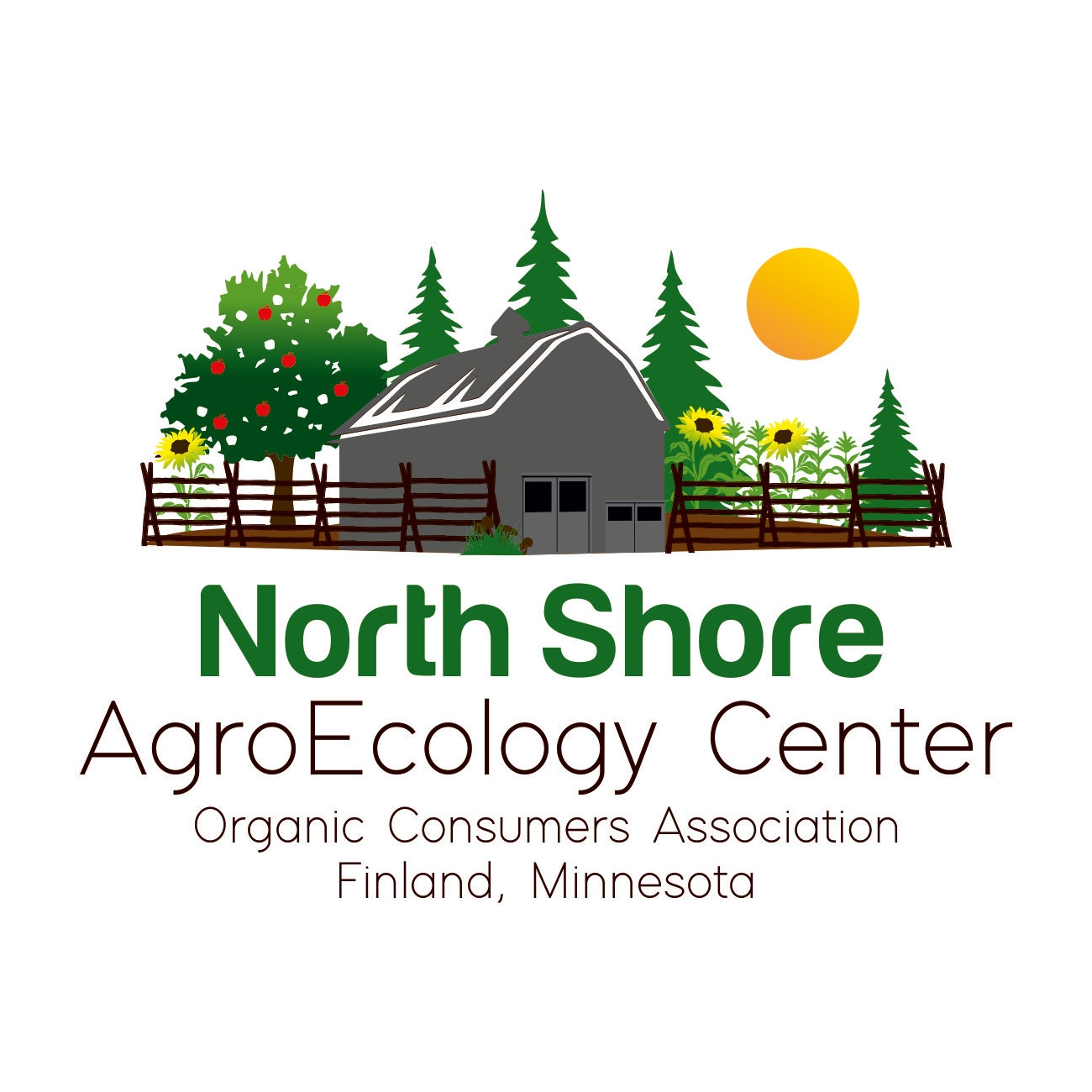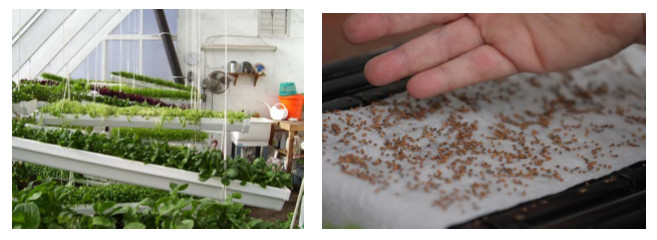Everything is a process, and with the AgroEcology Center in its infancy… everything is both “A” process and “in” process. Here are some “Before & After” images and videos to show the pre-, in-, post- process.
The Biological Garden – colloquially known as the bio-garden, is the area where the AgroEcology Center will showcase small-scale intensive gardening, incorporating flowers, herbs, vegetables, fruits, etc. It will reflect different types of growing techniques and methods, with an intensive ecological design to showcase how a small-scale garden can provide for a small family, seeking to address some of the climatological challenges the short, cool summer season of the North Shore brings to food production. While at the same time, focusing on creating a beautiful aesthetic.
Below are a series of videos shot over the course of the 2017 sea
This above video features the Bio-Garden in early May of 2017. There are some beds that were worked the prior year, and the fencing around this part of the project was completed (though the portion along the road had to be disassembled and moved 8′ further back to be up to code). The fencing, meant to deter deer, is made out of Tamarack logs. It was designed with the intent to use a local resource (no plastic or metal aside from nails), which is long-lasting (due to tamaracks resistance to decay), and multi-functional (a framework for growing various vines). And when the fencing does fall apart, its wooden framework can be used in the landscape to further soil-building efforts. This video displays the baseline from which changes will emerge.
The second video in the series is from late May 2017, after some of the initial work has begun. As this was to become a vegetable & fruit production area, one of the first tasks was to trim out some of the trees, and open up the space to sunlight. Some aspen and poplar were taken out, along with the two spruce trees. While always sad to take out a tree, they were used in various ways onsite to add to long-term soil-building. Woody debris buried under manure and soil, breaks down over time, adding to the overall health of the soil, diversity of fungi present, and drought resistance of the soil. The stumps of the spruce trees were turned into a nice garden bench, and their branches were used to make a blueberry planting mound. The spruce has a more acidic nature, so as the branches break down, they will create a nice acidic soil-base for acid-loving blueberries. Over by the barn, the first tamarack log terrace is taking shape.
It’s now early August, 2017, and things are a changing. Rock wall beds, Tamarack Terraces and Spruce Berry Mounds have sprouted up. Yeh, kind of sounds like a housing development?! In front of the barn (and wrapping all the way around the back), the Tamarack Terraces have filled out. In the foreground, the The Indigenous Ways Garden is moving into its next evolution as the quartered-circle gives honor to the four directions, and will be planted with the Three Sisters mixture (corn, pole beans, & squash). In the back, the Spruce Berry Mounds can be seen, which will be the home of Blueberries, Raspberries & Lingonberries. The cover crops used are a mixture of oats & winter rye (biomass production, nitrogen scavenging), vetch & winter peas (nitrogen fixation) and tillage radish (biomass production, soil tillage).
Moving ahead into late September 2017, not too many changes are noted as much of the late summer work shifted over to the larger parcel across the road, but there are a few additions. Off to the left are forming up new tamarack-form season extension beds, where you see the hoops, which will allow for either a fabric covering, a plastic covering (less than ideal environmentally, but very versatile and effective), or possibly even a recycled glass form. Yet to be determined! Panning off to the right we re-visit the baby cover crops, now grown into Biomass Heaven, and the rock wall foundation for the Indigenous Ways Garden can be seen peeking out from underneath that motley crew.
The final element to note is the cut grass covering around the rock wall beds as the video pans right. This is actually a smothering action, where a cardboard layer was placed over the living grass, followed by a layer of straw and/or cut grass. Rhizomatous grass is a huge problem in the garden, as it’s roots will creep into your beds and suddenly you have grass everywhere! What is rhizomatous grass you ask? A grass that sends out long rhizomes (which botanically are actually modified underground stems, not roots) from which new grasses sprout along its entire length. To use this technique it is important to cover large areas over a short period of time, as they will send out rhizomes for many feet looking for sun. Our goal is by early summer 2018, have the entire area smothered out, then keep an eye out for invaders along the garden edges from there on out.
And here are just a few more fun Bio-Garden before & after shots… enjoy!
[metaslider id=191]

